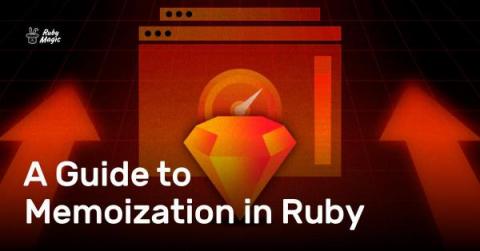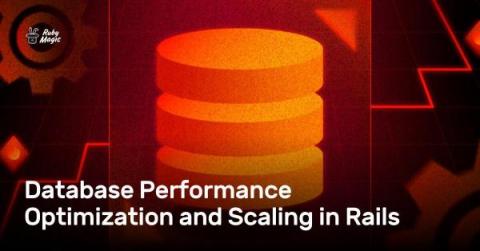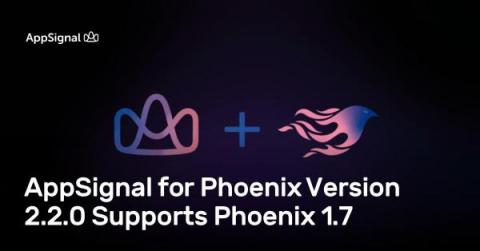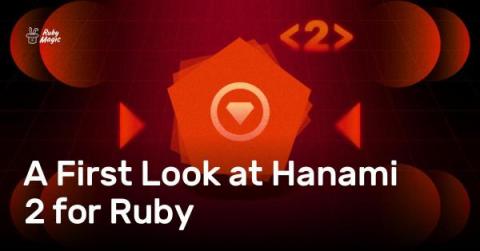How To Instrument Your Elixir Application with AppSignal
Instrumentation is an essential part of monitoring and operating an application, especially for apps heavily used in production. Even in today's everchanging technology landscape, visibility and observability still challenge developers and system administrators. Metrics and logging are essential for monitoring and operating an application. Metrics measure an application's performance and system health, while logging records system health and application state.











